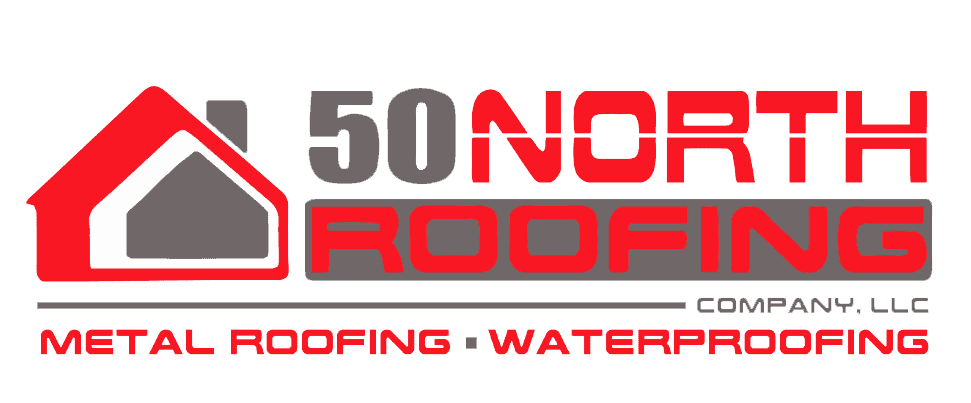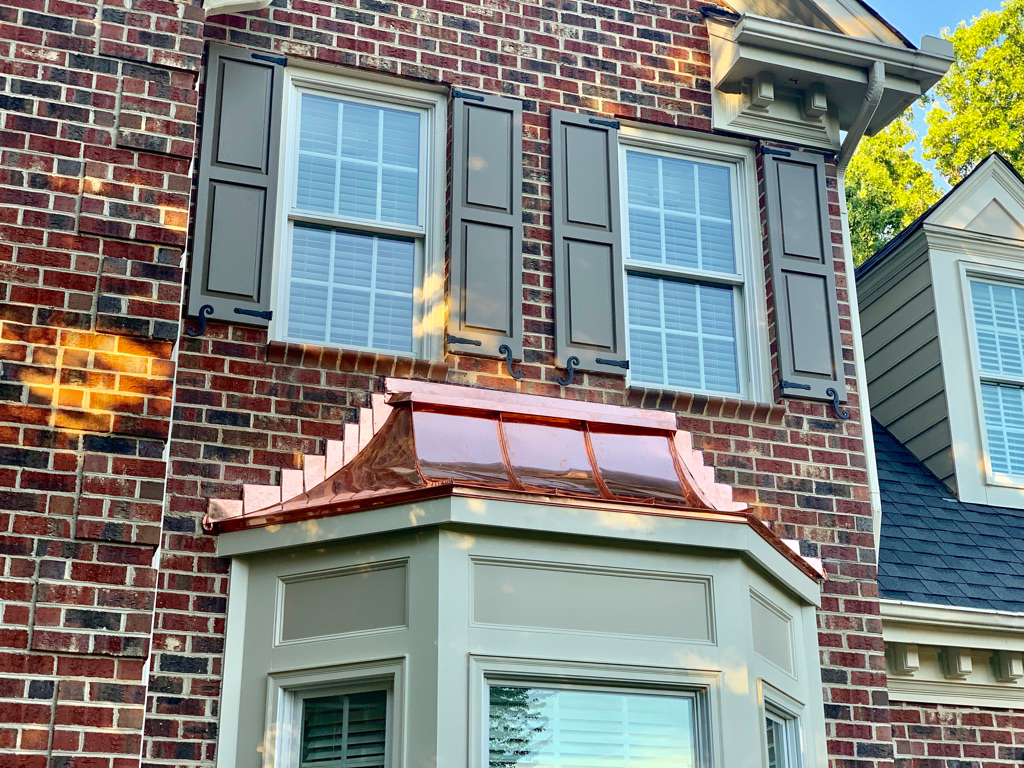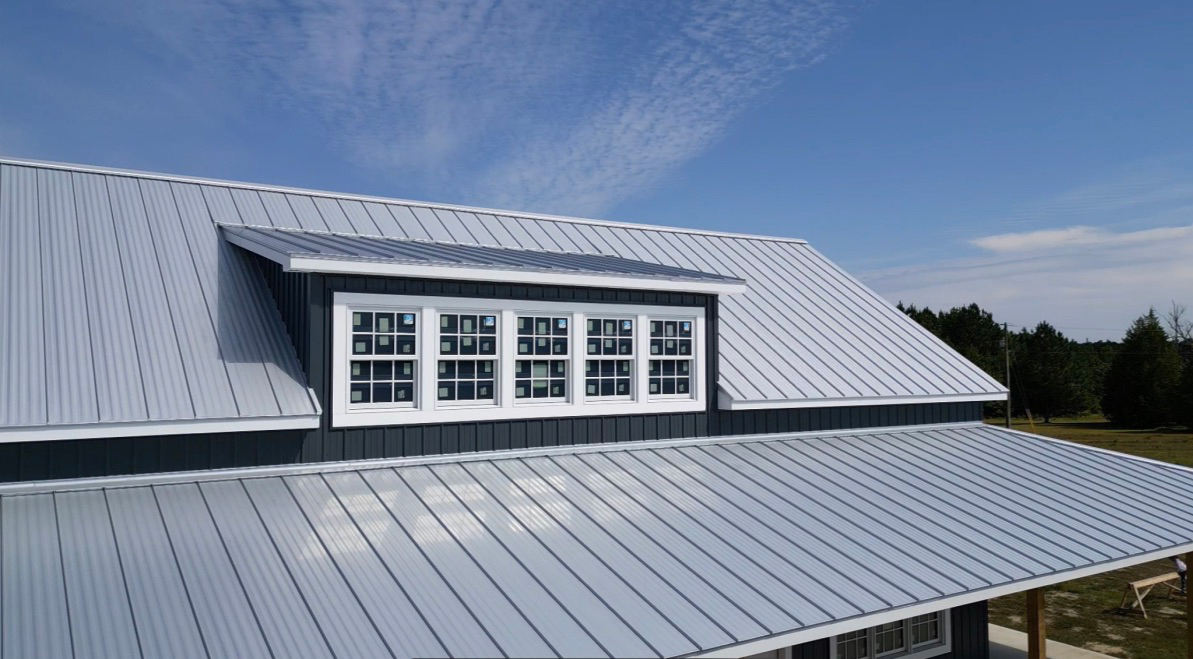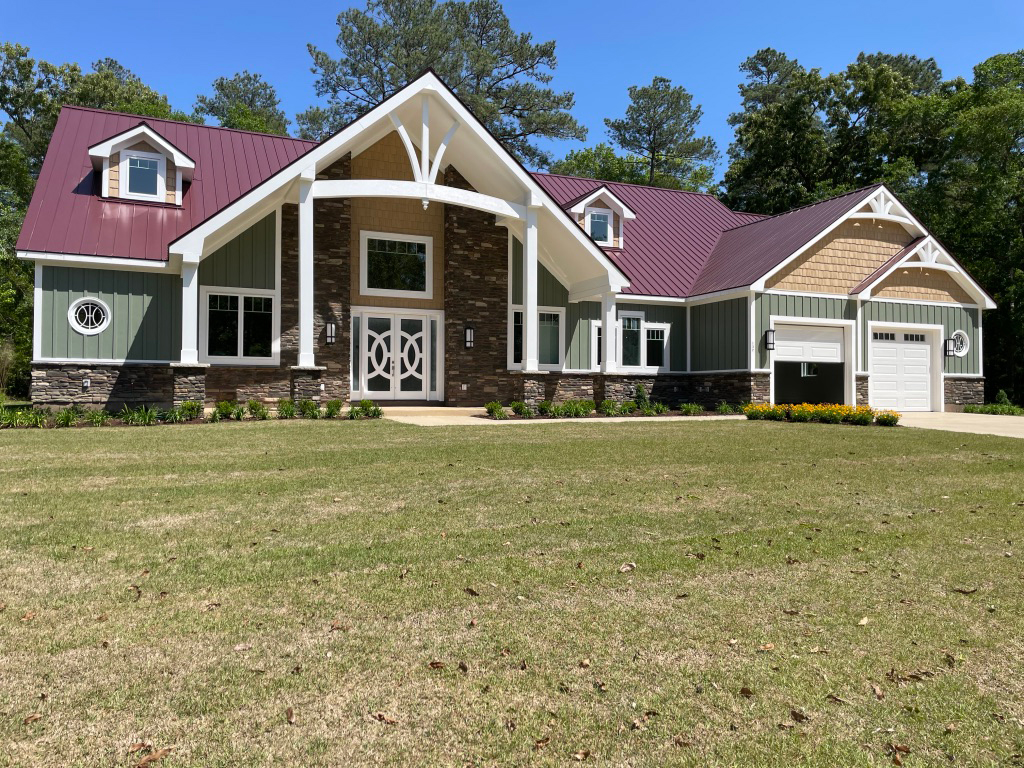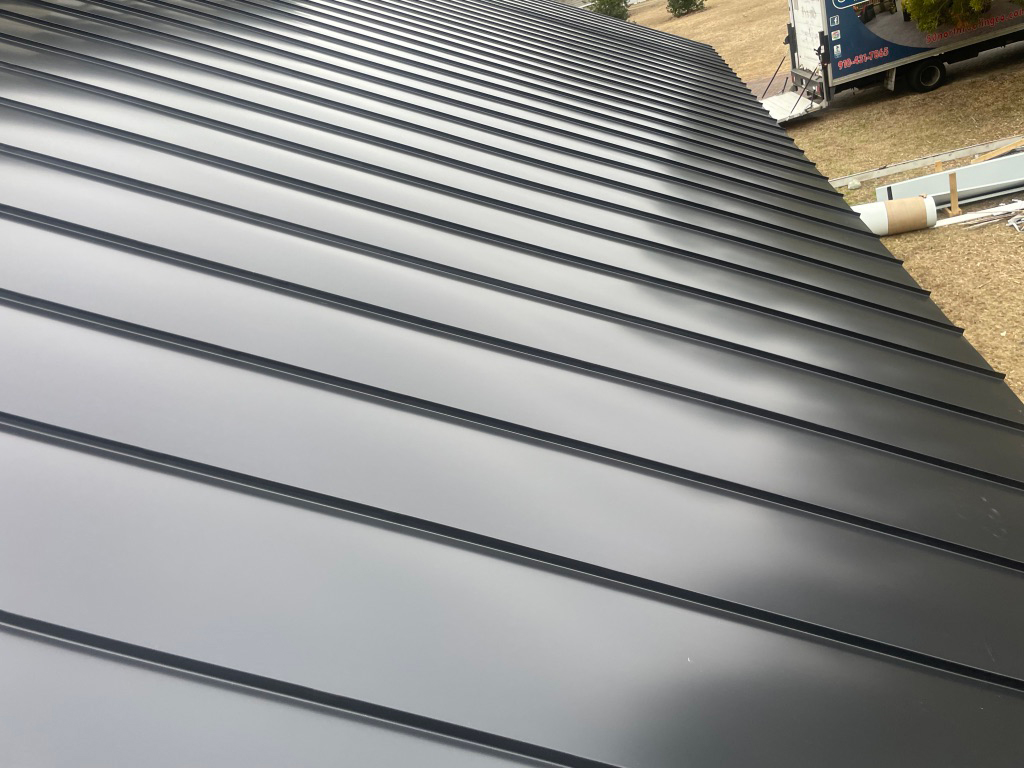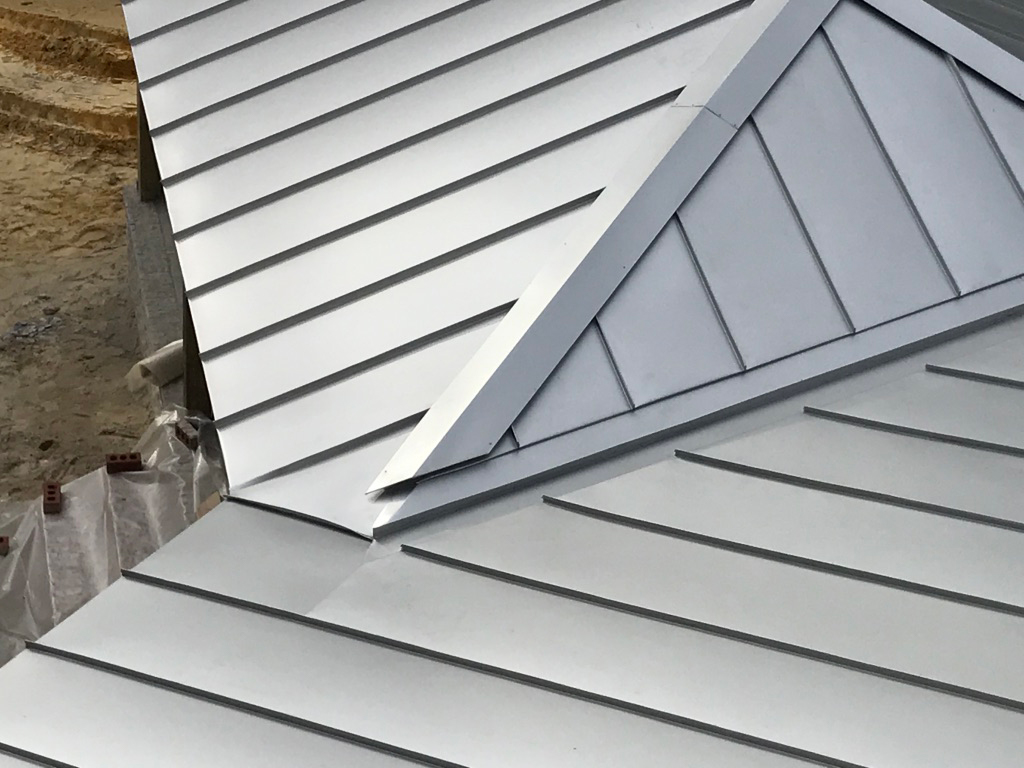Choosing the Perfect Bay or Bow Window for Your Home: Tips and Tricks
Bay and bow windows are not only aesthetically pleasing, but they also add character and make a dramatic statement to both the exterior and interior of a home, ultimately increasing its curb appeal.
This article provides information on the various styles, features, benefits, and options available for bay and bow windows to help you make the right choice for your home. Both bay and bow windows are arrangements of multiple windows that create a cohesive whole and can add elegance to any room. Whether in a new or older home, these windows can provide visual drama and enhance the overall aesthetics of your space. Consider installing a bay or bow window if you’re looking to add a touch of elegance to your home.
Bay Windows
Bay window characteristics
A Bay window is an architectural feature that extends outward from a home and consists of three separate sections. The front section usually contains a single fixed window, but it can also have an operable window. The two side sections, known as flankers, are angled at 30 or 40 degrees from the wall and can have fixed, hung, or casement windows.
Custom bay windows can be tailored to fit the dimensions of an existing window, but they typically have a width of at least 40 inches. They can extend from floor to ceiling or start at knee or waist height, and the outward projection can vary from one to several feet. Internally, a bay window can create a large or small alcove, and they are an excellent way to make any room feel more spacious.
There are various options for bay window styles and configurations that can be customized to complement the specific architectural features of your home.
Typical bay window styles
A canted bay window is a type of bay window that features a flat front and angled sides, typically at 30 or 40-degree angles. These windows are commonly found on the first floor of homes and have a classic, traditional shape.
A box bay window is constructed in a way that the flanking sides meet the front at a 90-degree angle, creating a box shape, which is different from canted windows where the sides meet at a 30 to 40-degree angle.
Curved bay windows are not commonly seen in modern residential construction due to their expensive and complex nature. They are built around a circular footprint and can have either curved or flat window glass. This makes them significantly more costly than traditional flat-walled bay window options.
Common bay window roof styles
Bay windows usually feature a three-sided hip roof that can be covered with shingles, metal, or copper. In some cases, the roof can be curved from the top down or even cone-shaped to fit a curved bay window. Custom roofing styles like dormers and soffits can also be used to complement the architecture of a home.
If you are looking for something that may not fit the more standard roofing practices, be sure to consult with your window expert; there are plenty of custom solutions available.
Some of the more typical styles of bay window roofs are shown below.
Bay window operable window options
Casement windows provide excellent ventilation when fully opened with a crank, but their outward swing may not be suitable for certain outdoor living spaces.
Single-hung and double-hung windows are the preferred choice for operational windows on bay windows. With the single-hung option, only the bottom half of the window opens, while the double-hung window allows for opening from the top, bottom, or both sashes to maximize air circulation.
Awning windows are not commonly used on bay windows, however, when combined with other windows, they can provide excellent ventilation, particularly in rainy areas. If you are considering installing an awning window as part of your bay window, it’s a good idea to consult with a window specialist for more information.
A bay window extends further from the house than a bow window and is typically less expensive, easier to install, and offers more design and function options. However, it does require more structural support.
Bow Windows
Bow window characteristics
Bow windows extend beyond the exterior wall of a home, allowing for expansive views of the surrounding area. They are often composed of four or more windows that are joined together to form a gentle curve. Typically, bow windows have a minimum width of around 80 inches.
A bow window offers a stylish appearance with gentle, gradual curves and uniform window sizes, as opposed to sharp angles. Additionally, the wider the bow window, the more interior space it will provide.
Bow windows are often constructed using fixed, non-operable windows, but many manufacturers now offer the option for operational windows. Typically, a bow window is made up of an arching row of five windows.
Bow window styles
Bow windows are available in one style, but their appearance can vary greatly depending on the window space and the number of windows.
Bow window roofs
When it comes to bow roofs, similar to bay windows, they offer a variety of finishing options including shingles, metal, or copper. These roofs can come in cone-shaped, circular, flat, or trussed designs and can be integrated into a soffit or overhanging roof. It’s important to consult with a window expert to determine the most suitable options for your new bow window roof.
Bow rather than a bay window
A bow window is designed to protrude less than a bay window, but it allows more light into a home due to its larger number of windows. Typically made up of more than four windows, bow windows will generally come with a higher price tag compared to bay windows.
Insulating Bay and Bow Windows
Special care must be needed to properly insulate the roof and bottom of bay and bow windows because they protrude out from the house. It is important to have them professionally installed to ensure they are insulated to regional building codes.
Installation
While some manufacturers offer standard Bay and bow configurations, these windows often require a custom building solution. Whether you are renovating an existing window or adding a new one from scratch, there are several factors to consider. A professional bay and bow window installer is knowledgeable in efficiently removing old windows and replacing them. They also understand the requirements for integrating into a wall or building into an existing room, as well as adhering to regional building codes.
Bay and bow windows are typically installed during the initial construction of a home to ensure that the built-in double joists and cantilevering will provide proper support, and that rafters are tied into the framing of the home.
When you decide to replace a flush window with a bay or bow window, it’s important to note that special supports will need to be incorporated. These supports may include hidden cables inside the window component, knee braces, or brackets.
Bay and bow windows can either be installed flush with the floor and built into the foundation of a house, or they can be cantilevered, meaning they are supported by extended joists or hidden cables and hang out from the wall.
It is crucial to ensure proper installation to prevent heat from leaking out in the winter, cold air from leaking out in the summer, and to avoid water damage or mold problems in your home.
It is important to have bay windows installed by a professional to prevent structural issues over time. Look for a lifetime warranty on labour, materials, and installation for best results.
Summary
Bay windows come in various styles such as Canted, Box, and Circle, offering versatility and cost-effectiveness due to their protruding design. On the other hand, bow windows feature a graceful arch and allow more light, but they come at a slightly higher cost. This guide emphasizes the importance of proper insulation, professional copper roof installation, and careful consideration of structural support for those considering these windows. Whether flush or cantilevered, bay and bow windows add character and curb appeal to homes, promising a harmonious blend of elegance and functionality.
